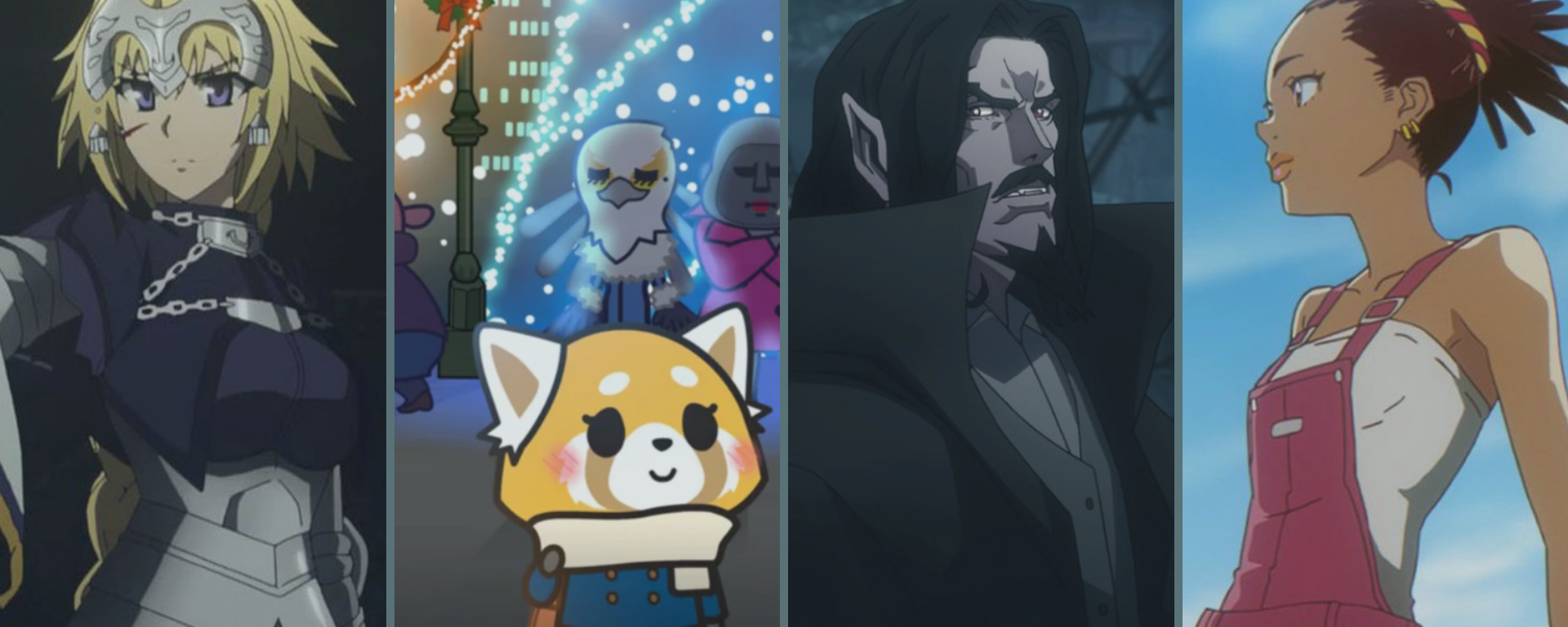Netflix is releasing a whole new slate of original anime this year. The streaming service is carving out its own market for original content. While the service has plenty of creative and critically successful titles, they’ve also received a fair amount of criticism for failing to caption titles properly.
This doesn’t stop at their original television shows. Titles like Ultraman and Kakeguri, both recent releases for the service, have more than just a few typos. Entire sentences are out of order or entirely rewritten in the captioning.
I reached out to Netflix to ask if they were aware of the issues and their plans to fix the captioning errors. Netflix declined to comment.
Netflix and Captioning
In 2012, the Federal District Court in Massachusetts ordered Netflix to provide captioning for all programs. Netflix argued in court that because they were an online-only service, they didn’t have to comply with the Americans With Disabilities Act. When they were found responsible for adhering to closed captioning laws, they began rolling out captioning for all programs by the end of 2014.
In 2016, Netflix faced a lot of criticism from The National Association for the Deaf. NAD criticized the streaming service for altering the captions on the show Queer Eye. NAD’s criticism centered around complaints from deaf and hard-of-hearing fans that the captions omitted swear words and re-wrote entire sentences.
Since then, Netflix has come out with clearer guidelines for how they caption their programming. While they’ve had a few controversies since with captioning and accessibility, the streaming service is attempting to be more transparent.
The Anime Problem
Fans who watch the latest original anime series releases from Netflix might have noticed some issues with the closed captioning. Netflix offers most of its originals both in both English and Japanese. While sub-versus-dub argument is famous in anime, subtitles are an essential part for a lot of viewers, no matter what language is being spoken.
For viewers with difficulty hearing or interpreting spoken words, subtitles are crucial to the viewing experience. Having these captions be accurate to the words spoken in the show is the difference between a viewer understanding a show or being lost.
“[It’s] very important because it’s hard for me to comprehend what’s being said,” said Simon Sheppard, a hard-of-hearing viewer. “Especially if there are multiple characters speaking.”
So when the newest slate of Netflix anime was released with captioning that didn’t match, it was easy to notice.
Netflix seems to be using the same script for the English dub and Japanese sub captioning. The difference between the translation and the transcription is very stark when the dub is on. Entire sentences are out of order or even omitted.
Like in the case with Queer Eye, the captioning doesn’t match the anime at all. Many hard-of-hearing viewers are left in the dark.
“It means that the show either didn’t care enough about their hard of hearing viewers or was careless enough to forget,” said Sheppard.
How Can Netflix Fix Their Captioning Issues
This seems like an easy fix on the outset, but Netflix does have some struggles to face in the fight for proper captioning. While Netflix is responsible for captioning their content, they often contract out captioning to other companies. Sometimes, the material comes with its own captioning when Netflix purchases it.
This isn’t to say that they can’t fix captioning.
Netflix is a successful streaming service. With the resources and money they have, there’s not an excuse for failing to caption properly, especially with an FCC order to do so.
“I think they should put a little more effort into it,” Sheppard said. “A lot of people, not even just hearing-impaired people, use captions.”
If Netflix has the money to order new series of anime, they have the money to contract a company or hire a dedicated team to make sure captioning is as accurate as possible. For shows where original creators provided the captioning, Netflix should review its content for accuracy. If it’s worth spending the time and money to host on their service, it’s worth the time and effort it takes to make sure all viewers can enjoy it.
Featured image credit: Netflix


I’m glad that it’s not just me who feels this way. I rely on closed captioning to enjoy the majority of content that I watch and so do SO many other folks.
Not only does a company like Netflix not have an excuse for upping their accessibility standards, their current lackluster approach reflects poorly on their whole brand/platform and not just the content affected.
LikeLike
So, would that mean the original English subtitle is more true to the translations of Japanese script? Thank you
LikeLike